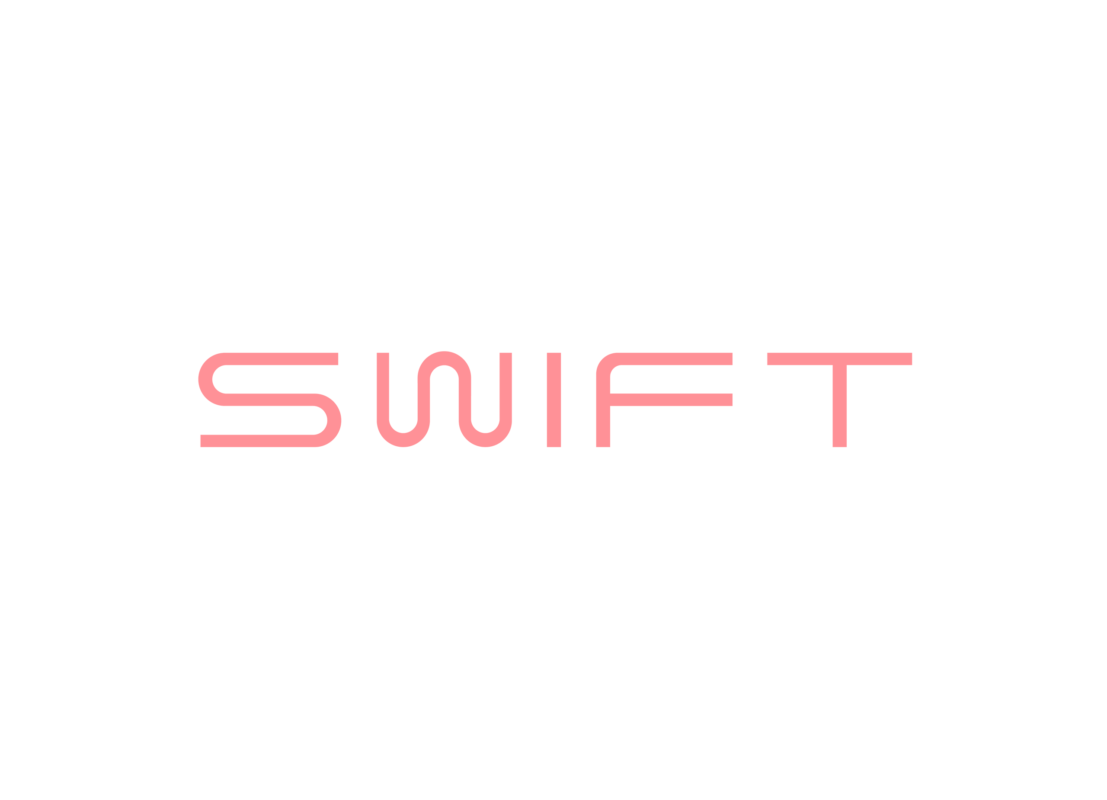
As Indian homes grow vertically—duplexes, villas, and multistory residences—residential lifts have become more practical than ever. Whether it’s for aging parents, a lifestyle upgrade, or mobility needs, home elevators offer long-term convenience and safety. Still, for most homeowners, the key question remains: “How much does a home lift cost with installation in India?” The answer is not just the lift unit cost. A substantial part of the investment goes into installation, which varies based on lift type, civil work, floor count, and whether you’re building new or retrofitting.
This blog gives you a breakdown of home elevator prices by lift type, size, floors, and also helps you compare indoor vs outdoor installations.
What Goes Into the Cost of Installing a Home Lift?
When we say “installation cost,” we’re referring to more than just placing a lift in a shaft. It includes:
- Shaft construction or retrofitting in existing structures
- Pit digging (unless using pitless systems)
- Machine room setup, where required
- Structural reinforcement for older buildings
- Electrical connections and finishing
- Approval costs and licenses (state-wise variation)
- GST and logistics
Depending on these factors, installation costs in India typically range from:
- ₹2.5 lakh – ₹8 lakh for standard models
- ₹3 lakh – ₹6 lakh for compact, shaftless, or battery lifts
- ₹6 lakh – ₹10 lakh for complex retrofits or high-rise homes
Breakdown of Home Lift Prices in India by Lift Type (Including Installation)
| Lift Type | Lift Price Range (INR) | Installation Cost (INR) | Total Estimated Cost (INR) |
| 100% Battery-Driven (SwiftLift) |
₹15 – ₹30 lakh | None | ₹18 – ₹36 lakh |
| Hydraulic | ₹8 – ₹20 lakh | ₹3 – ₹8 lakh | ₹11 – ₹28 lakh |
| Traction (MRL/with room) | ₹12 – ₹18 lakh | ₹4 – ₹10 lakh | ₹16 – ₹28 lakh |
| Pneumatic (Vacuum) | ₹11 – ₹25 lakh | ₹2 – ₹5 lakh | ₹13 – ₹30 lakh |
| Winding Drum | ₹10 – ₹25 lakh | ₹3 – ₹7 lakh | ₹13 – ₹32 lakh |
| Shaftless (2-floor only) | ₹12 – ₹20 lakh | ₹2 – ₹4 lakh | ₹14 – ₹24 lakh |
Note: All prices are for standard models (not ultra-premium), and exclude custom interior finishes.
How Lift Capacity Affects Cost: 1, 2, and 3-Person Elevators
The lift capacity directly affects both the lift unit price and installation cost (larger cabins may require bigger shafts or stronger platforms).
| Lift Size | Load (kg) | Lift + Installation (INR) | Best Use |
| 1-Person | 150–180 kg | ₹4.5 – ₹7 lakh | Senior citizens, limited usage |
| 2-Person | 200–250 kg | ₹6.5 – ₹10 lakh | Small families, duplex homes |
| 3-Person | 300–400 kg | ₹9 – ₹13.5 lakh | Full families, frequent use |
Note: Battery-operated lifts like SwiftLift are optimized for 2–3 person use without requiring structural changes or high electricity load, making them a high-efficiency option in this small lift price range.
Cost by Floor Count: G+1, G+2, G+3 Homes
Lifts are modular, but costs scale with height due to extra materials, motor power, and shaft extensions.
| Floors Covered | Approx. Price Range (INR) | Details |
| Ground + 1 | ₹5.5 – ₹8 lakh | Suitable for duplexes or villas |
| Ground + 2 | ₹7.5 – ₹10.5 lakh | Common for 3-storey buildings |
| Ground + 3 | ₹9.5 – ₹13.5 lakh | Requires reinforced shaft, more cabin capacity |
Note: Battery-powered lifts maintain price consistency across up to 4 floors, as they don’t require large-scale mechanical systems or backup generators.
Indoor vs Outdoor Installation: Which Is Cost-Effective?
Indoor installations are typically preferred for new builds, villas, and duplex homes. These elevators are integrated into the home’s interior and designed to complement the aesthetic. However, they may require additional finishing work such as matching flooring, cladding, or ceiling treatments, which can moderately increase overall installation costs and thereby elevator lift prices in India. The advantage is a seamless design experience and easier access integration between floors.
Outdoor installations, on the other hand, are commonly chosen for retrofits or homes with space constraints indoors. They offer convenience in terms of structural flexibility, as the main shaft can be attached externally. However, outdoor lifts require additional measures like cladding, weatherproofing, roofing, and external safety reinforcements, which tend to increase the installation cost slightly more than indoor options.
Other Key Cost Factors
- Civil Work: ₹50,000 to ₹2.5 lakh
- AMC (Annual Maintenance Contract):
-
- Battery: ₹8,000–₹15,000
- Hydraulic/Traction: ₹25,000–₹1.5 lakh
- Customization: Glass walls, designer finishes, voice controls can add 10–25% to the base price
- Power Backup: ARD (Automatic Rescue Device) may be required unless lift operates independently (as in battery-powered systems)
Why Battery-Driven Lifts Like SwiftLift Offer Better Value
Without requiring a pit, machine room, or separate power backup, 100% battery-powered lifts solve many traditional cost drivers for home elevator lifts:
- Reduced installation time and civil work
- Full operation during power cuts
- Lower AMC due to fewer moving parts
- Ideal for retrofits and compact homes
- Meets global safety and energy standards
SwiftLift offers advanced features like EcoDrive, user profile settings, adjustable speeds, and remote diagnostics—making it one of the most future-proof options in the Indian market.
Final Thoughts: Focus on Total Cost of Ownership
When budgeting for a home elevator, don’t just compare lift prices or “how much does a home lift cost”. Factor in:
- Installation and structural modifications
- AMC and service response
- Energy bills and power backup
- Downtime during outages (or lack of it, in battery lifts)
- Resale value of your home
For those seeking a blend of performance, flexibility, and long-term savings, battery-driven lifts like SwiftLift offer a compelling case.
Get In Touch!










